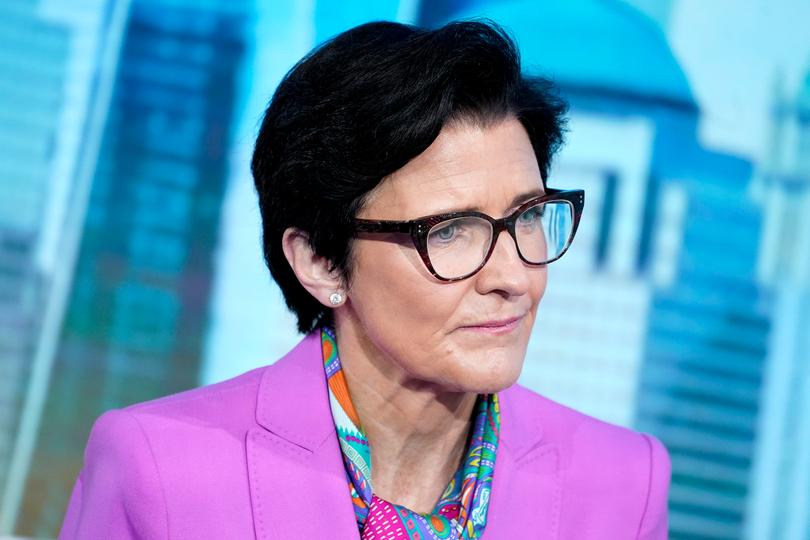Jane Fraser, CEO of Citigroup (C), has expressed a clear stance on the future of digital finance, telling investors that tokenized deposits – not stablecoins – will be the main driver of next-generation payments and financial market infrastructure.
Speaking on an investor call after the bank’s third-quarter results were released on Tuesday, Fraser explained that institutional clients are demanding seamless, real-time cross-border money movements that are inexpensive and compliant.
“What our customers want are interoperable, multi-bank, always-on payment solutions, delivered securely and robustly,” she said. “This is best done through token deposits.”
Citi has invested heavily in digital asset infrastructure, including its own 24/7 US dollar clearing network. Fraser said the bank’s tokenized services can now be linked to more than 250 banks in more than 40 markets, allowing customers to instantly transfer funds to providers and third parties. However, she also noted that the biggest barrier to broader adoption is not technical, but that many corporate treasury departments are not yet ready to adapt to a 24/7 financial environment.
While Citi will continue to support stablecoins – offering on/off ramps, custody services, and treasury management for stablecoin providers – Fraser pointed out that they bring more operational friction. This includes regulatory burdens related to anti-money laundering (AML), tax reporting and accounting. “These other requirements are what our tokenized deposit capabilities avoid,” she said.
Fraser has previously said that Citi is exploring the possibility of issuing its own stablecoin, but she cautioned against overestimating the asset class. “There is too much focus on stablecoin right now,” she said. “Most of these problems will be solved with tokenized deposit capabilities.”
Looking ahead, Fraser sees tokenization expanding well beyond payments. She spoke of a future where the issuance and settlement of everything from oil to stocks takes place on symbolic rails in a regulated and trusted environment.
The key, she says, is for regulators to start enabling responsible innovation.
“We will provide that as part of our toolbox,” Fraser said. “It’s great that regulators are now letting us innovate responsibly. This will really help the market develop.”




